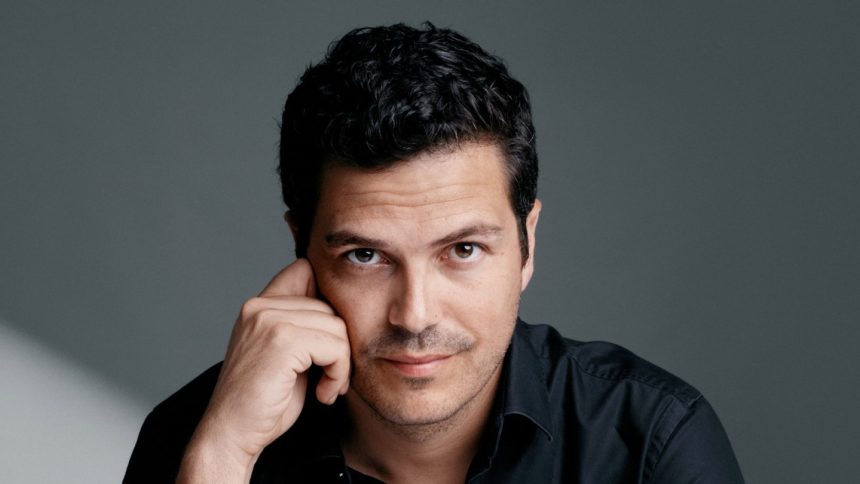Sarajevo Fest Director on Current Wave of Southeast European Cinema and Bringing in Stars
The 31st edition of the Sarajevo Film Festival kicks off on Friday, Aug. 15, and runs through Aug. 22, once again putting a spotlight on the best of Southeast European cinema and highlights from the recent festival circuit.
The stars will also be out in force in the capital of Bosnia and Herzegovina. Willem Dafoe will receive the Honorary Heart of Sarajevo honor at the festival “in recognition of his outstanding contribution to the art of film,” as will Stellan Skarsgard and Ray Winstone. Plus, Italian auteur Paolo Sorrentino and Russia-born director and artist Ilya Khrzhanovsky will both receive the Honorary Heart of Sarajevo, with curated retrospectives of their films.
As has been a recurring theme over the years, the fest, launched during the nearly four-year siege of the city by Bosnian Serb forces in the early 1990s, will feature movies about history and ongoing conflicts, for example, in its “Dealing With the Past” section, and new independent film discoveries.
Ahead of the festival’s opening, THR caught up with Sarajevo Film Festival director Jovan Marjanović about this year’s selection and the recent success of Southeast European films.
You Might Also Like
The festival’s four competition sections – for feature, documentary, short and student films – will screen 15 world, six international, 28 regional and two national premieres. A total of 50 films will compete for the Heart of Sarajevo awards.
“Sarajevo is obviously an international festival. But unlike others, it has this very strict regional focus for its competitive sections, so it gives us an opportunity to really present what’s the best cinema from this region, as well, the biggest selection of cinema from this region,” Marjanović explains. “There’s no other festival in the world that has so many films from this part of the world. And it’s really great to be able to showcase regional cinema.”
And that has been doing well on the global festival circuit. “It feels like there is an increased international attention for what’s coming out from the region,” he says. “We’ve been doing what we’ve been doing for a long time, and there are ups and downs. I hope we help some films. We were there for this generation of filmmakers, and we will be there for them in the future.”
What’s driving the recent success? “I think there’s a new kind of energy and seeing the world a little bit differently,” offers Marjanović. “It’s maybe also about detaching from the common themes of the past decades, and trying to explore. Things have fallen into place for a few filmmakers at the same time. They’re in dialogue with each other and the rest of cinema, and It seems like they’re in sync with what’s happening elsewhere and are resonating.”
Supporting film creatives across various career stages is key for Sarajevo to build and maintain its community. “We have the student competition, which is one of our main competitions, really,” says the fest director. “And they get the biggest stage at the festival. That allows us to get to know people from very early on. And then we have our talents program that we do together with the Berlin International Film Festival and Berlinale Talents” and that has been running since 2006, among other initiatives.
How do international stars fit into Sarajevo? “We also look at the festival as a point where an exchange can be made,” Marjanović tells THR. “So all the people coming will either present their films, or receive an honorary award, but they will all meet with, for example, the Talents participants and the young filmmakers and professionals present at the festival, as well as with the audience in Sarajevo.”
Concludes the Sarajevo director: “It all adds to the whole idea that the festival is really a place for exchange of ideas and communication, first and foremost, through film as an art form. And what’s better than having the biggest artists in Sarajevo to share and discuss?”







